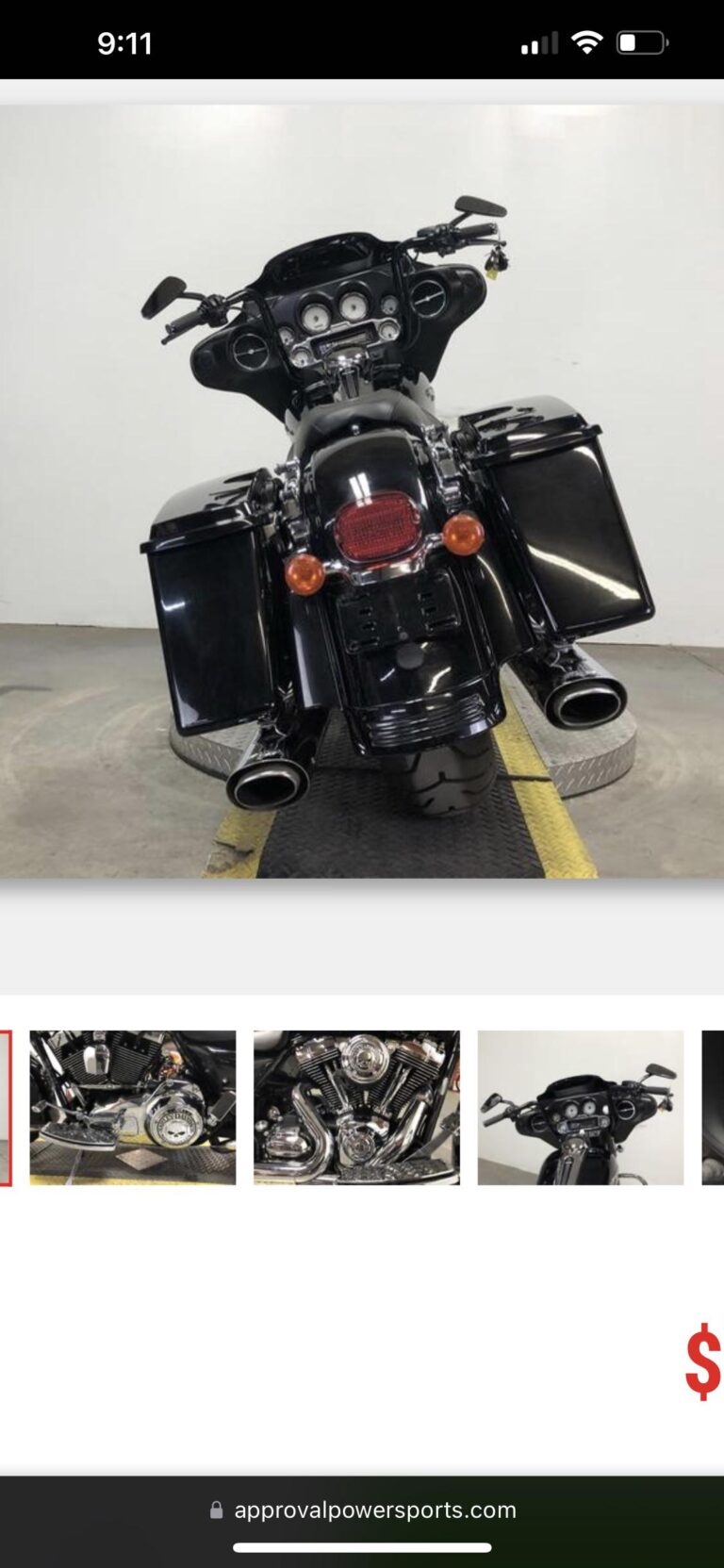Symptoms of a bad bank angle sensor include the motorcycle stalling unexpectedly and difficulty when trying to start the engine. The sensor triggers safety protocols, potentially cutting off the fuel supply or ignition.
Motorcycles come equipped with safety features designed to protect the rider, one of which is the bank angle sensor, also known as the tip-over or lean-angle sensor. This sensor’s primary function is to detect if the motorcycle leans too far or tips over, signaling the onboard computer to shut off the engine to prevent potential hazards.
In instances where this sensor malfunctions, riders might notice their bike behaving erratically. Stalling during operation or struggles with engine ignition often point to a compromised sensor. Additionally, the motorcycle may cut off power during sharp turns or fail to start due to false readings. Riders experiencing such issues should investigate the bank angle sensor as a potential culprit and consider having it checked or replaced to maintain safe riding conditions.

Credit: www.vfrdiscussion.com
Introduction To Bank Angle Sensors
Bank angle sensors are key in vehicle safety systems. They monitor the tilt of a vehicle. If the tilt is too much, they can tell other safety features to activate. This help stops cars or motorcycles from tipping over. Picture a rider taking a turn too quickly.
The sensor measures how much the bike leans. Too much lean means danger. Then, the bike can try to correct itself. This can prevent accidents and keep the rider safe. A bank angle sensor is like a guardian, always watching the vehicle’s tilt.

Credit: m.youtube.com
Common Symptoms Of A Failing Bank Angle Sensor
Experiencing erratic behavior in the traction control or ABS light can be alarming. These symptoms often suggest a faulty bank angle sensor. The lights may flicker or stay on, indicating a potential issue. Additionally, the vehicle’s traction control system might trigger unexpectedly, engaging when not required. This can lead to confusion and potential safety concerns.
Another signal to watch for is the motorcycle tilt warning indicator. If it comes on without any cause, it’s a clear sign there might be a problem. Such unwarranted activations hint at the sensor sending incorrect information to the bike’s systems. To ensure safety, it’s crucial to address these signs promptly with a professional check.
Diagnosing A Bad Bank Angle Sensor
Diagnosing a Bad Bank Angle Sensor involves a few careful steps. Begin by using diagnostic tools to retrieve error codes. These codes can point to potential issues with the sensor. Next, perform a thorough inspection of the sensor’s physical condition. Look for signs of damage, such as cracks or loose connections.
Signs of sensor malfunction include erratic engine behavior or a motorcycle’s inability to start. A faulty sensor can send incorrect signals to the bike’s computer. This can cause the engine to cut off as a safety measure. Therefore, prompt troubleshooting is essential for safe motorcycle operation.

Credit: m.youtube.com
Solutions And Preventative Measures
Facing a faulty bank angle sensor often means repairs or replacements are necessary. A trusted mechanic can assess the sensor and suggest the best action. Riders may choose aftermarket parts or manufacturer replacements for quality assurance.
To prevent sensor failure, regular maintenance is crucial. This includes cleaning connectors and checking for wire damage. Riders should follow the manual’s guidelines to ensure correct voltages are maintained.
| Maintenance Tip | Action |
|---|---|
| Cleaning | Remove corrosion and debris from terminals. |
| Inspection | Regularly check for wear and tear. |
| Voltage Checks | Use a multimeter to verify proper operation. |
Immediate professional help is wise if riders notice drastic changes in motorcycle handling. Experts can diagnose the problem promptly. This approach saves future costs and keeps your ride safe.
Frequently Asked Questions For Symptoms Of A Bad Bank Angle Sensor
How Do You Reset The Bank Angle Sensor?
To reset a bank angle sensor, turn off your vehicle’s ignition and locate the sensor. Next, press the sensor’s reset button or disconnect and reconnect its battery. Verify the reset by starting the engine and observing the sensor’s operation. Always refer to the vehicle’s manual for specific reset procedures.
What Does Harley Bank Angle Sensor Do?
The Harley bank angle sensor detects the motorcycle’s lean angle and shuts off the engine during a significant tilt, preventing accidents.
What Is A Bank Angle Sensor?
A bank angle sensor is a device in vehicles that measures the tilt or roll angle to prevent rollovers. It ensures stability by detecting excessive banking angles.
What Is The Function Of The Lean Angle Sensor?
The lean angle sensor detects a motorcycle’s tilt, shutting off the engine during a fall to prevent damage and enhance rider safety.
Conclusion
Understanding the symptoms of a faulty bank angle sensor is crucial for safe vehicle operation. Timely recognition and prompt action can prevent accidents and costly repairs. Remember the key signs: erratic engine behavior, warning lights, and unexpected swerving. Keep your sensor in check to ensure a smoother, safer ride.
Always consult a professional mechanic for diagnosis and repair. Stay vigilant on the road.


